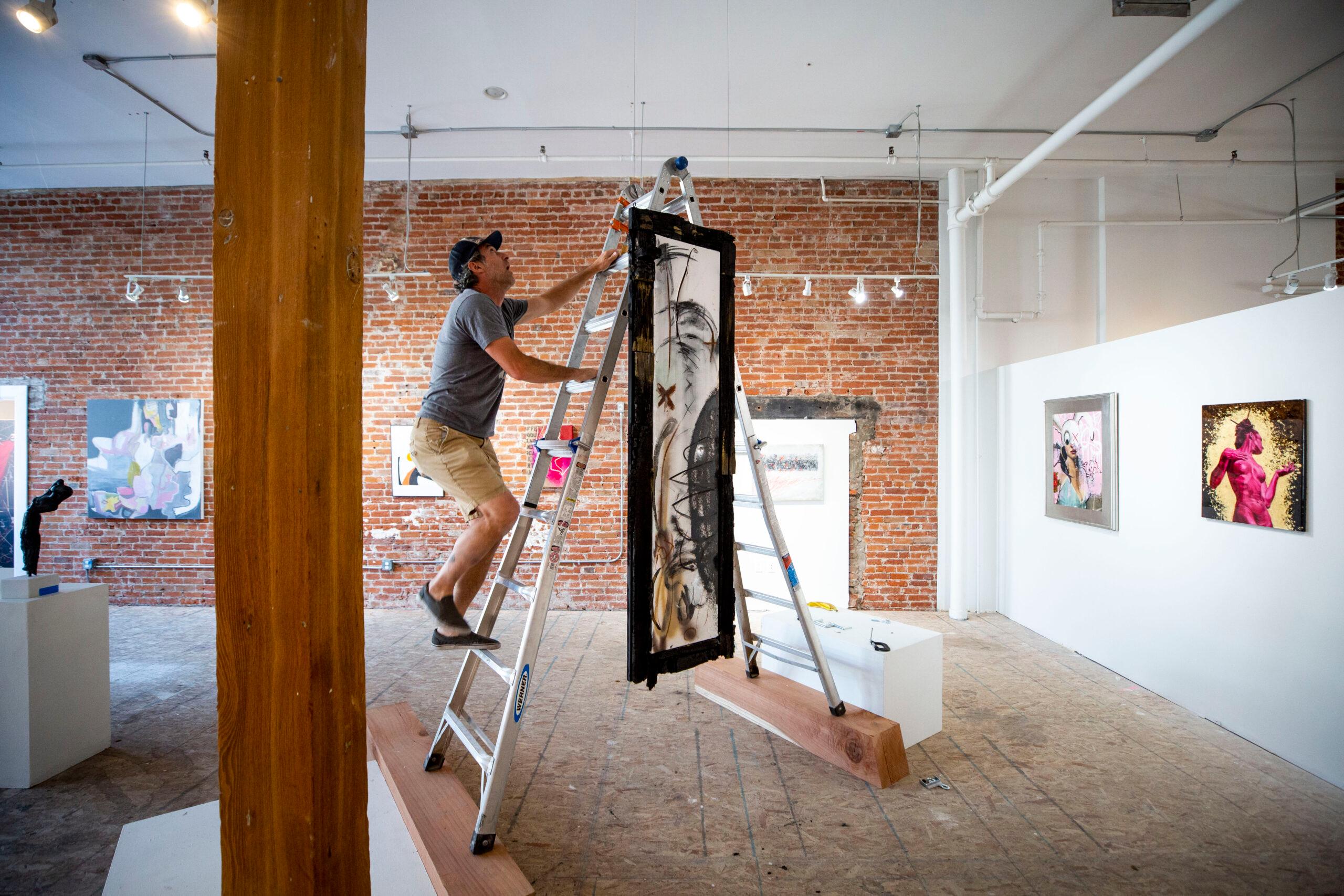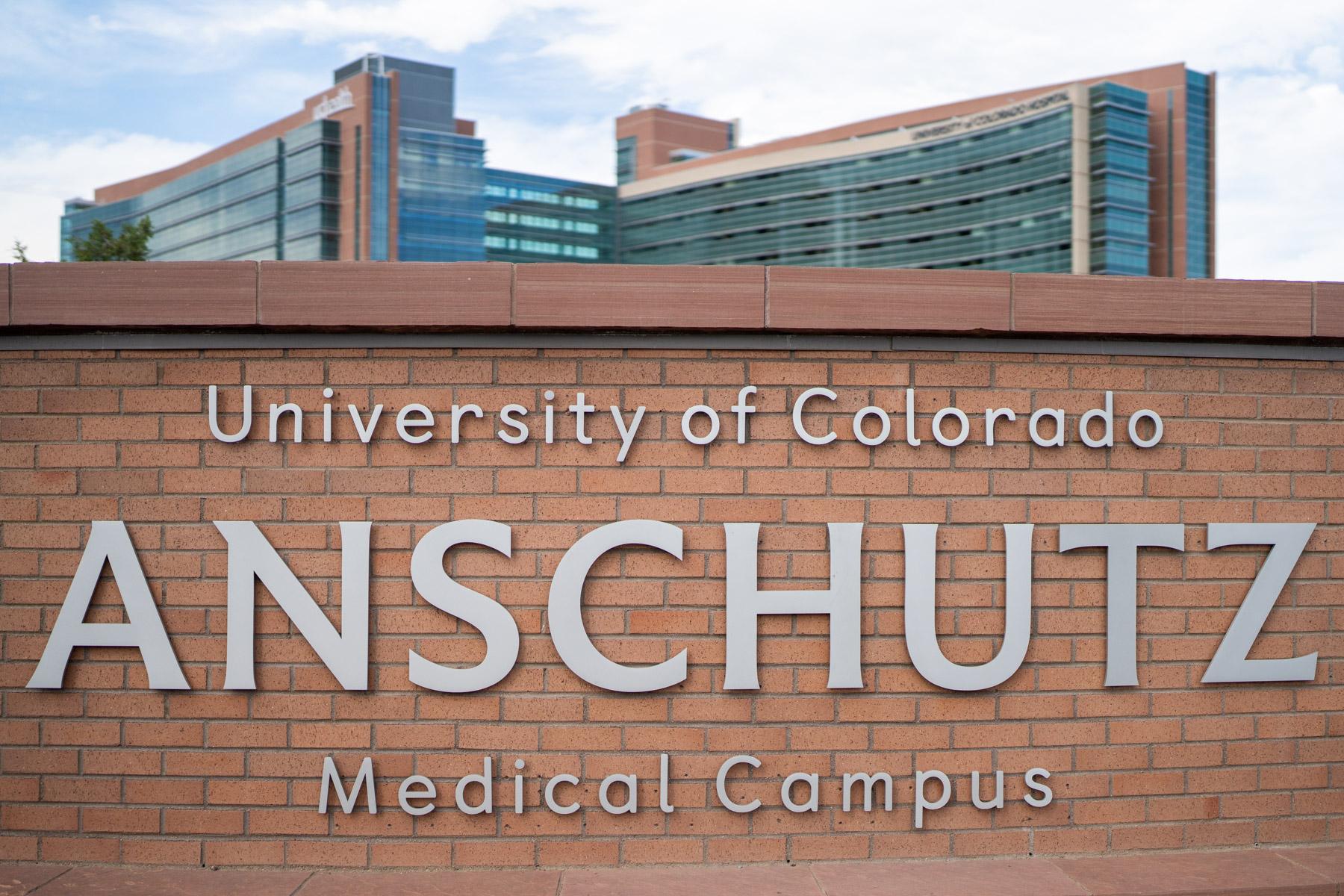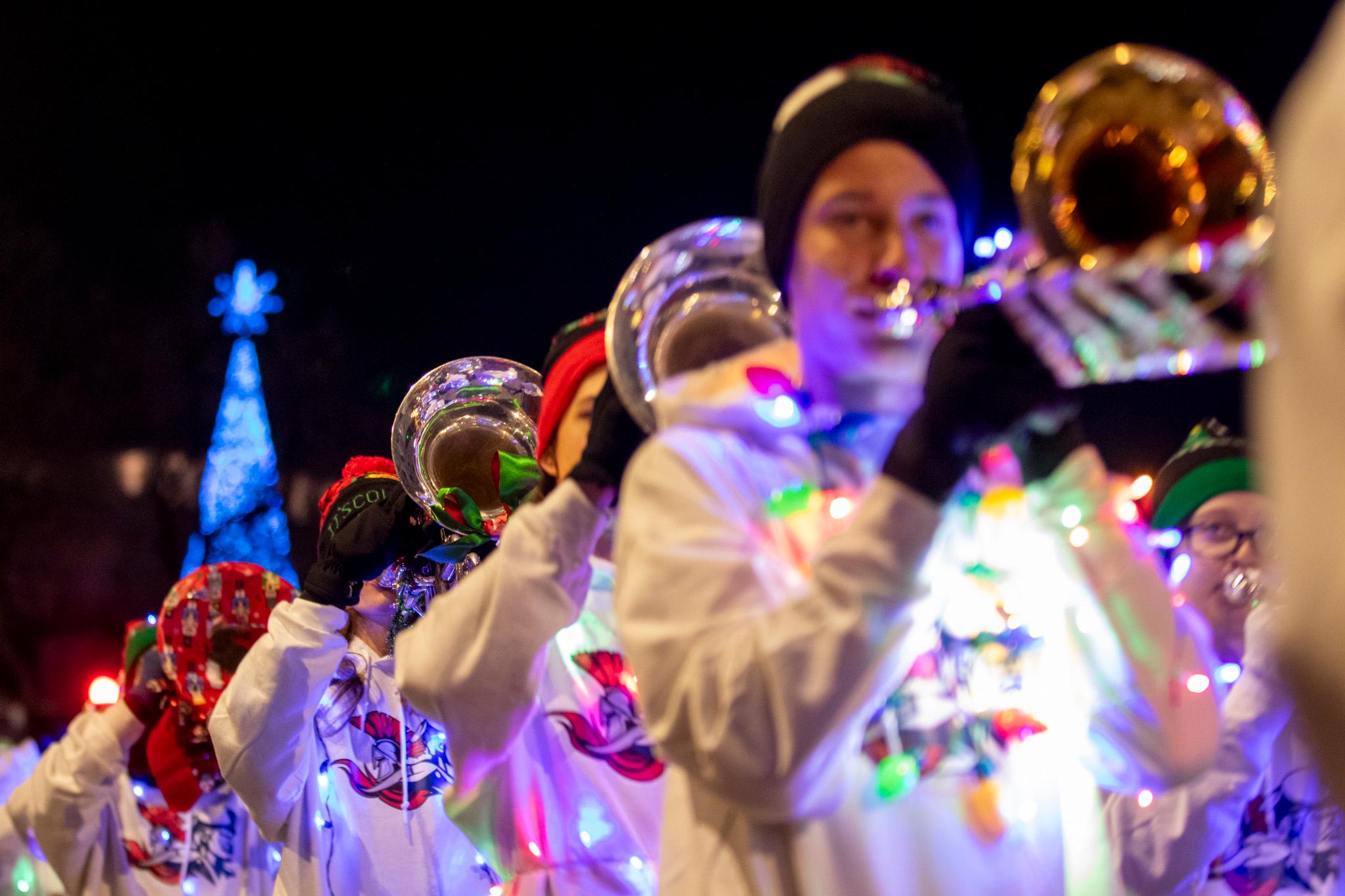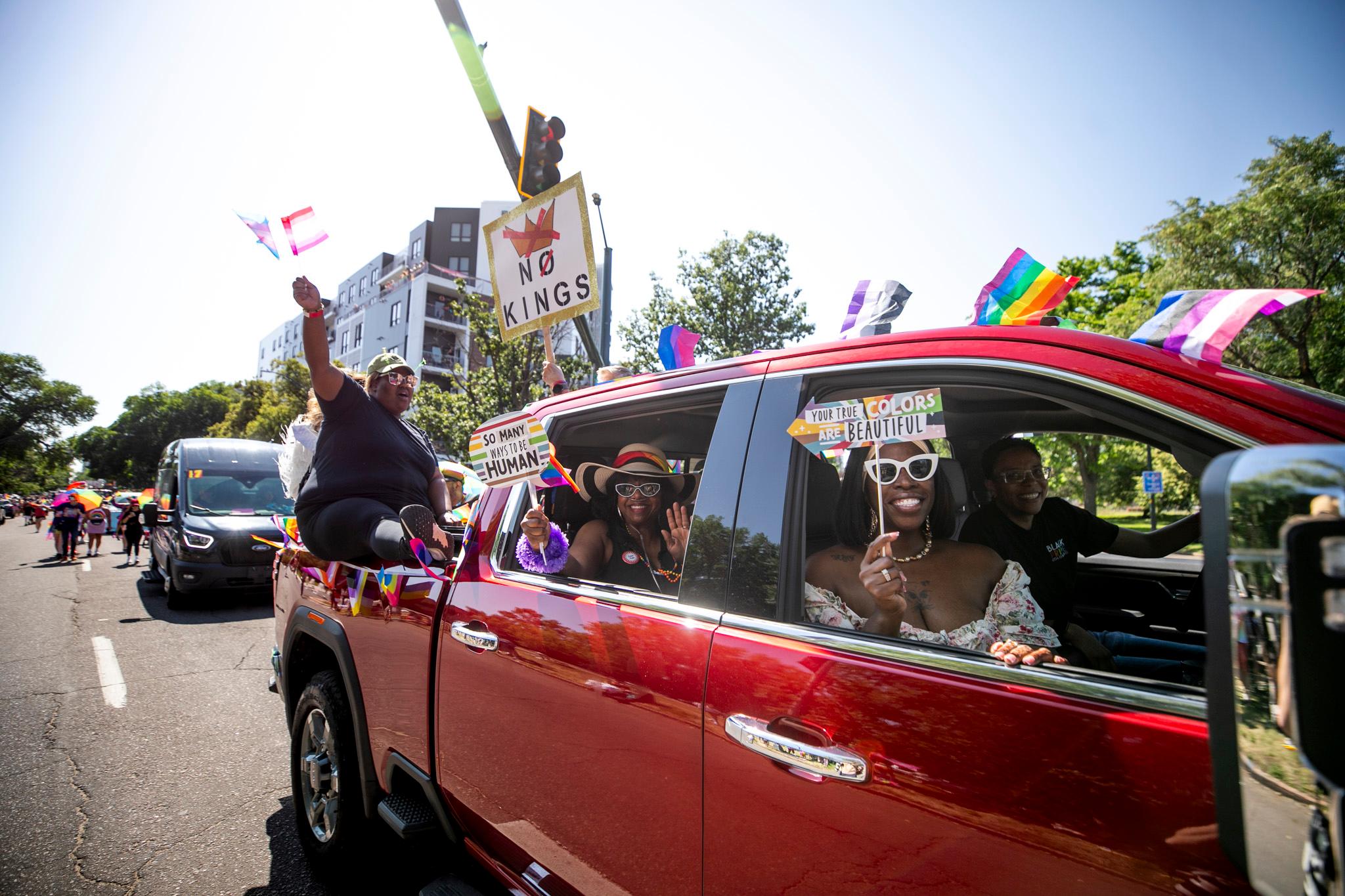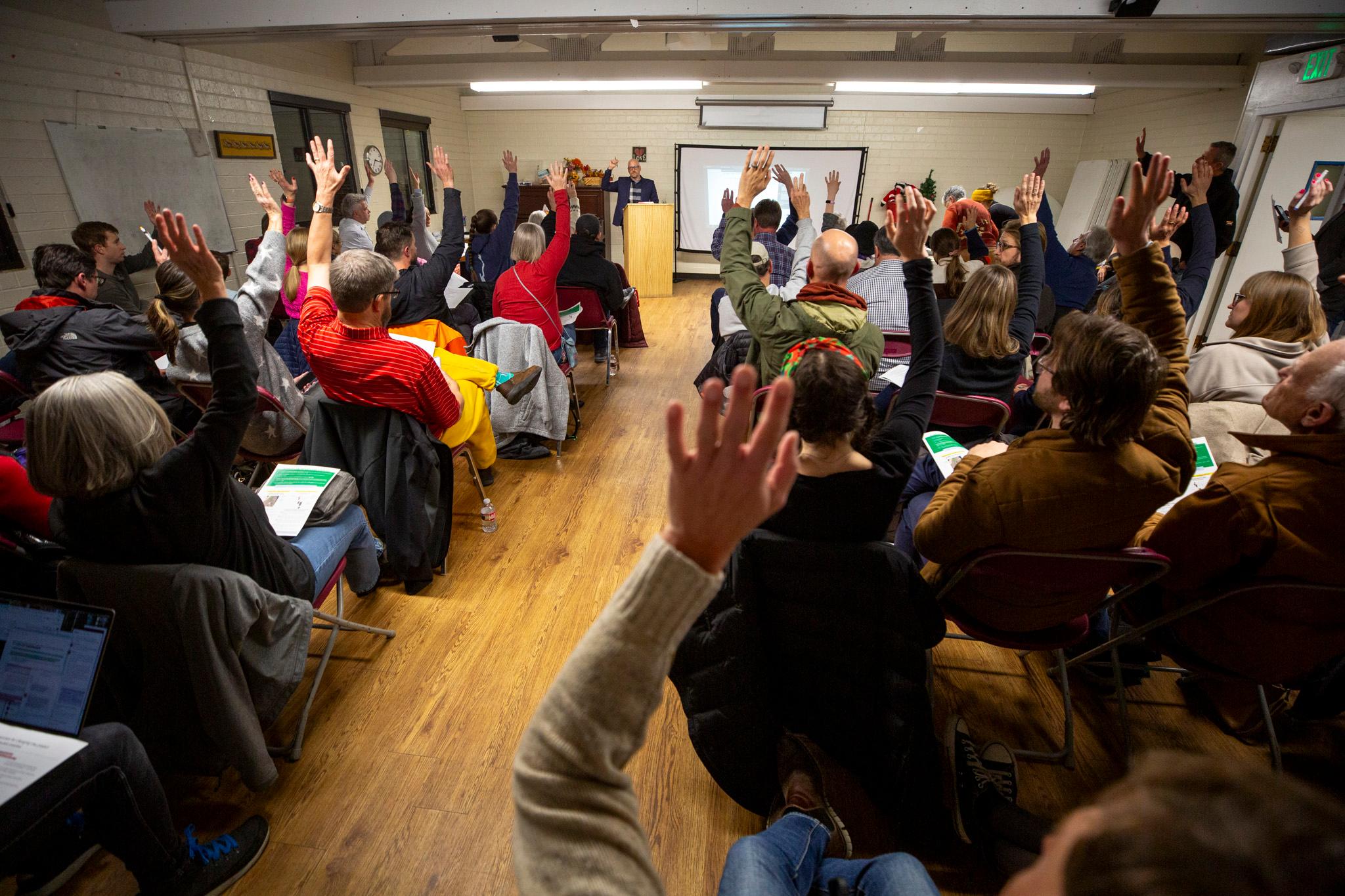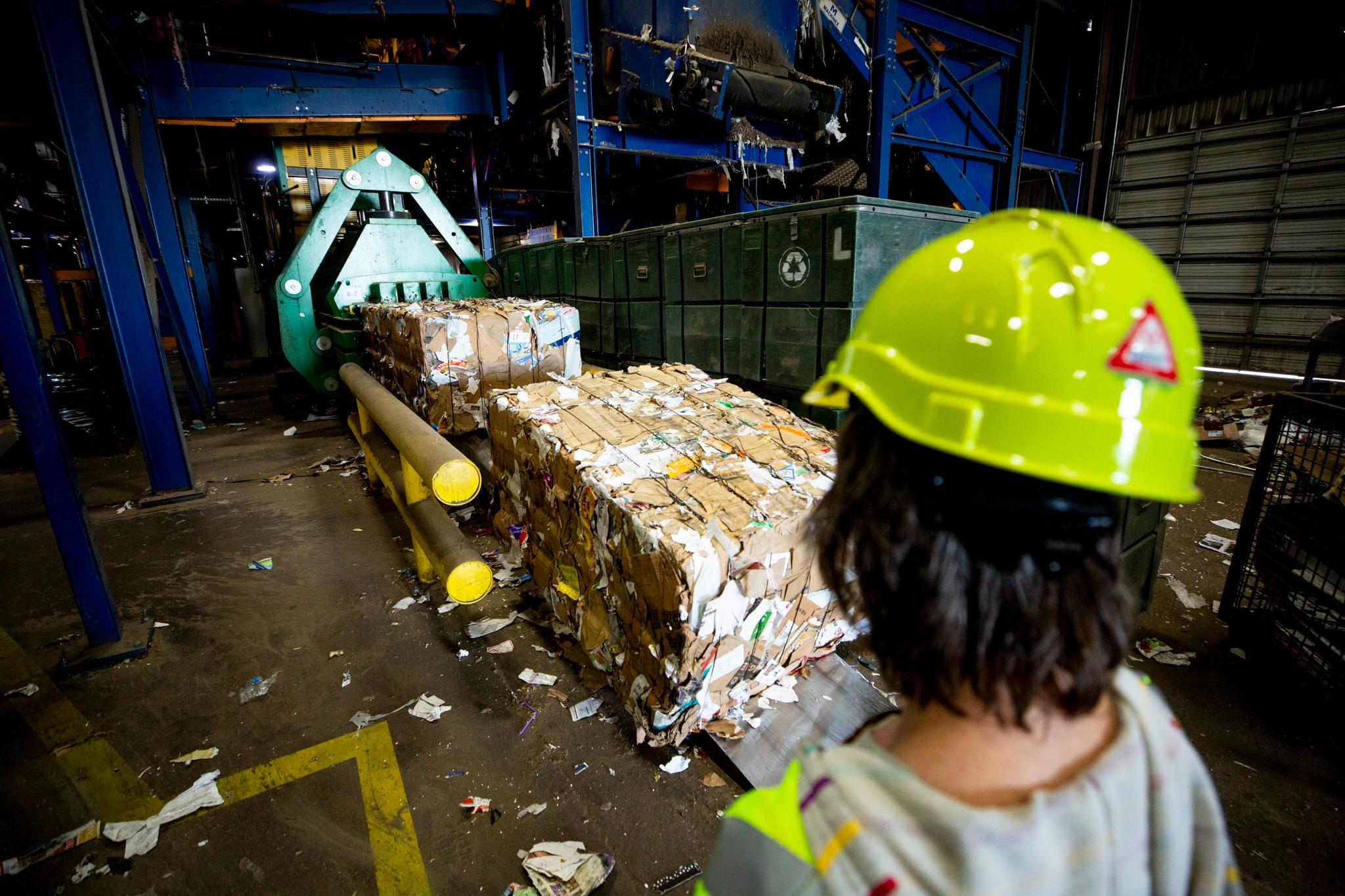The BRDG Project (pronounced "bridge project") opened in January 2021 in a three-gallery space at the foot of the Highlands pedestrian bridge, an appropriate location for an arts space that -- per its press materials -- is devoted to bridging "artist, gallery, and community together to create an accessible and unique space for contemporary expression."
It had always been its founders' intention to create inter-medium collaborations, but deep into a COVID winter, that goal seemed more vital.
"The 2D arts, or the gallery scene, had found a way to shift and had a lot more opportunity to get art into the world. Whereas performative arts, specifically operas and concerts, all that .... was just gone," said Brett Matarazzo, one of BRDG's cofounders. "We realized we really, really wanted to support that."
BRDG cofounder Michael Dowling is a visual artist himself and says he's found it can be powerful to engage with other media as inspiration for his own work. Opera, in particular, appeals to him.
"It's so much more of an experience outside of language, outside of that structure for me, and I have to react to it in a way that's very visceral and very intuitive," he said. "So I get a totally new way to take on my work and take my ideas with that different inspiration. It's an incredible way to step outside of myself. "
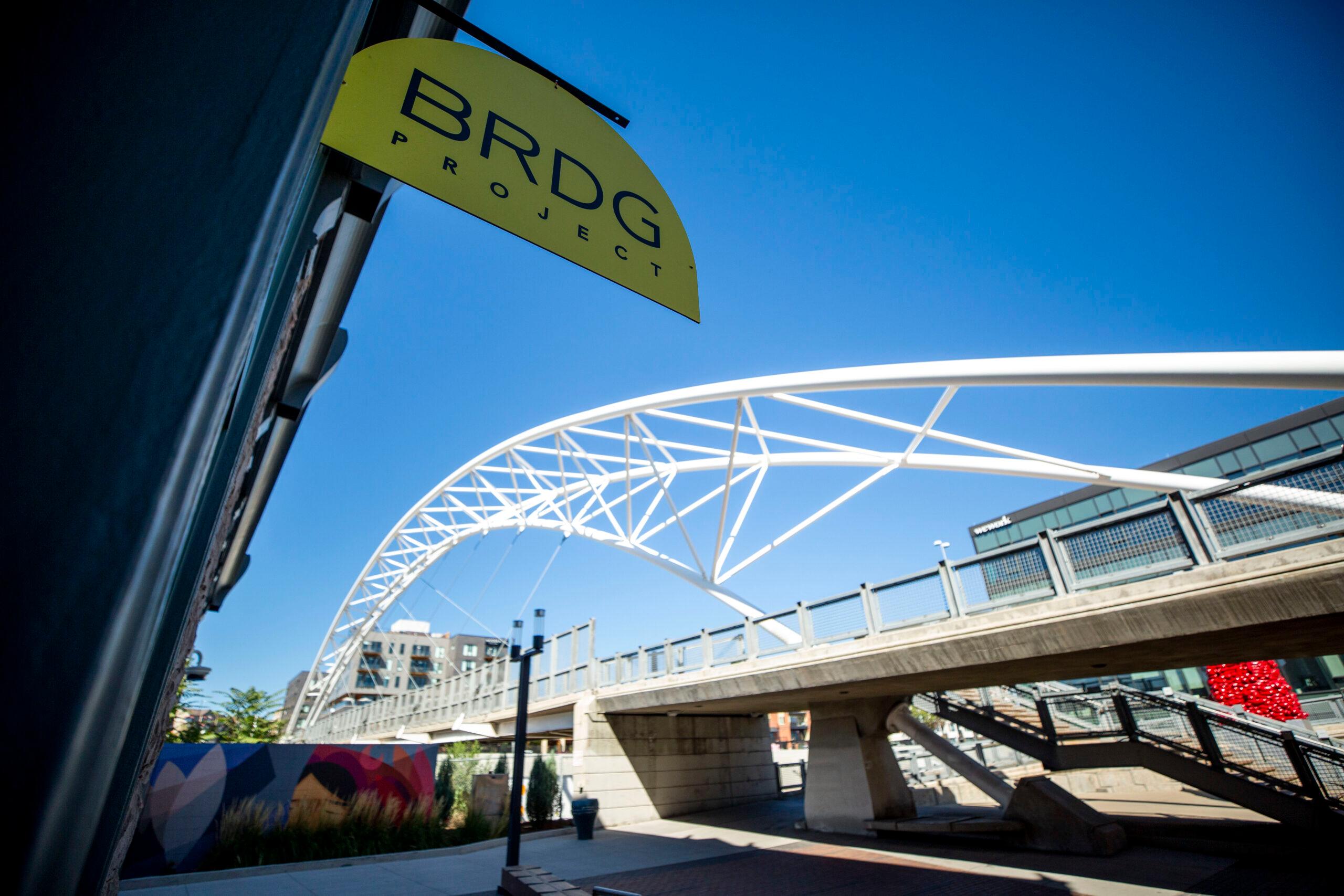
Starting this month, BRDG will be launching a gallery show influenced by and in collaboration with opera an performance.
Presented by Mile-Hi Modern and curated by Matarazzo, Dowling and opera singer Leah Podzimek, Interplay - Art + Opera is a collaboration between musicians (Soprano Podzimek, Mezzo-Soprano Kira Dills-DeSurra and pianist Jessica Nilles Kressin) and more than 30 contemporary visual artists commissioned by BRDG project. The show exists as a sort of feedback loop between the mediums, with the idea that each constantly informs and recontextualizes the other.
The project began with a presentation, where the musicians performed select movements for the artists to inspire their artwork for the exhibition. The music engaged with the notions of love and lust, grief and death.
"The effect of the music and the feeling, I think, was profound on a lot of people," Matarazzo said.
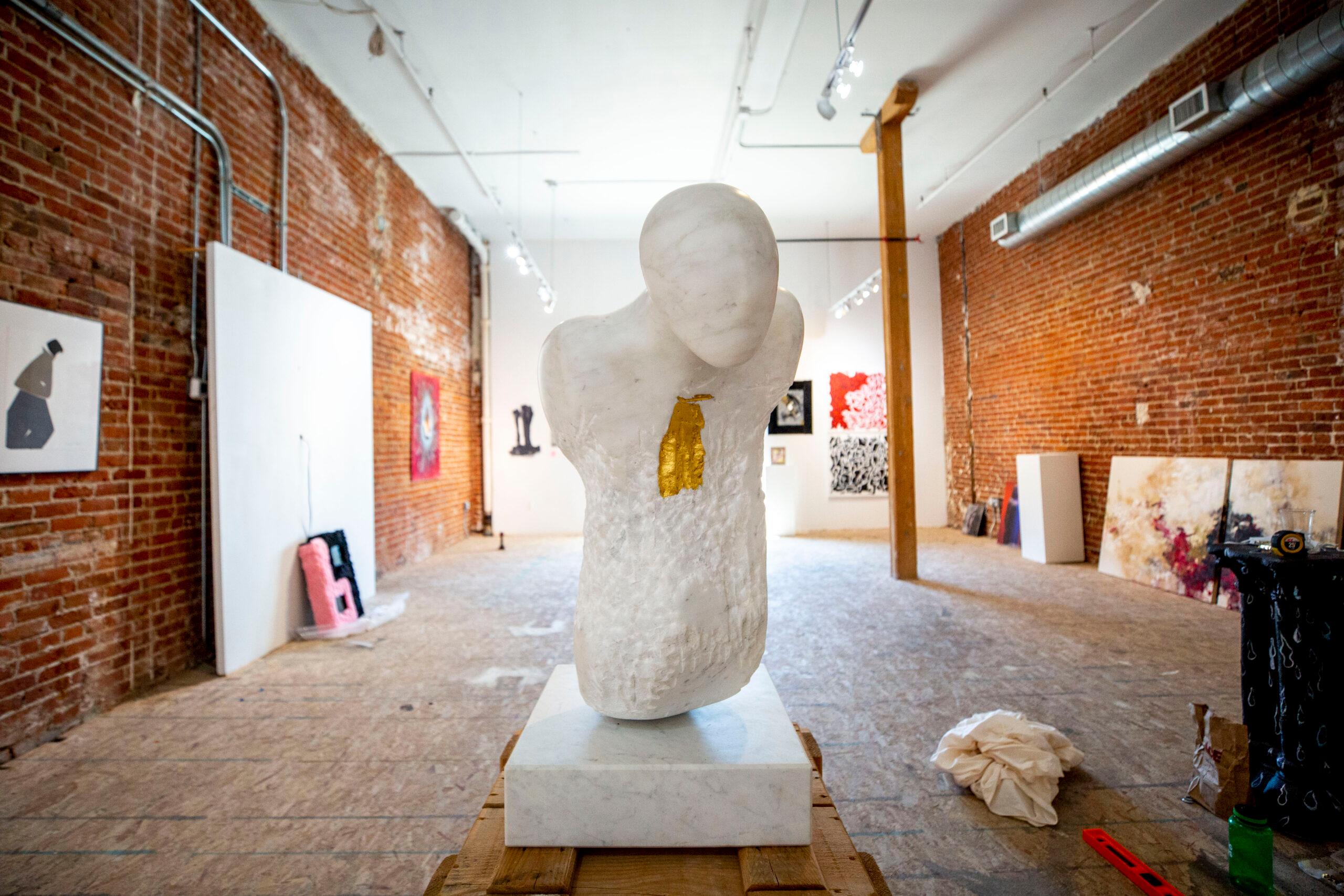
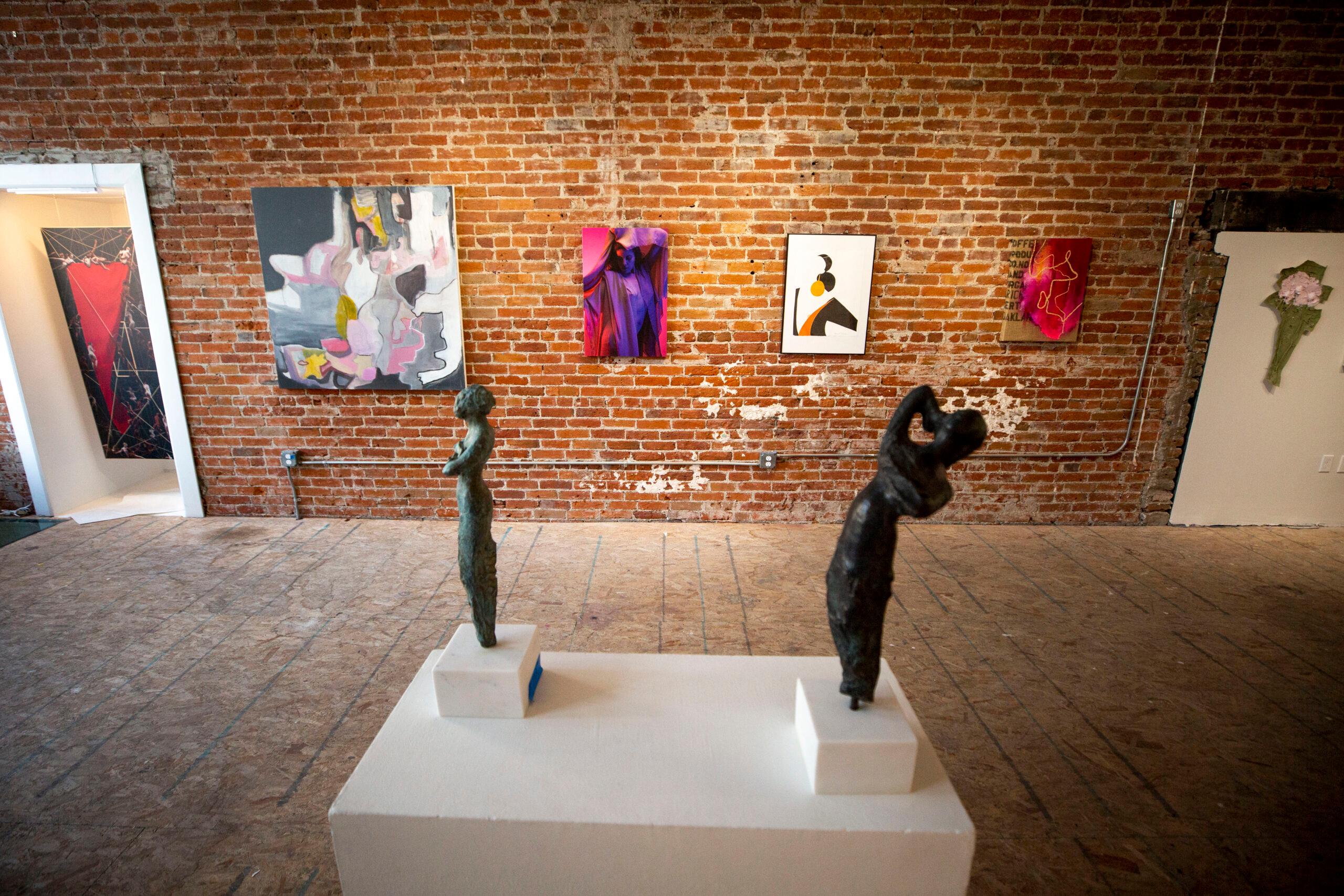
The artistic works the music inspired will be staged in two rooms devoted to each category (love and death). The art will also provide a backdrop for the singers to perform two live performances of new and classical works: one on October 8 at 7:30 for the show's opening and one for its closing on October 28. The performances will be split into two 20-minute movements: one in the room built around love, the other in the one responding to death and grief.
"So much opera is about love or death. And so it kind of made sense, this dichotomy, to stick with it. And to put things into one of those two buckets," Podzimek said. "The interesting thing is that some of the pieces that we're performing could actually be in either one. The closing piece of the whole performance could be interpreted as this really loving moment. But it's truly about death and loss and grief."
The same goes for the artworks, some of which are layered or dual-sided, and all of which interpret the movements and themes in different ways.
"We love that it's not so linear," Matarazzo said. "Because it creates a more dynamic and interesting space and an interplay."
While the music influenced the artists' work, the works in turn will influence the singers' live performances as they feel the impact of the pieces. The idea is that this feedback loop will allow the audience to fully immerse themselves in the emotions carried in both the visual and auditory components.
"It's our hope that the audiences themselves will have the same kind of visceral connection to the artwork and to the music that the artists had to the music, and that the musicians are going to have to the art," Podzimek said.
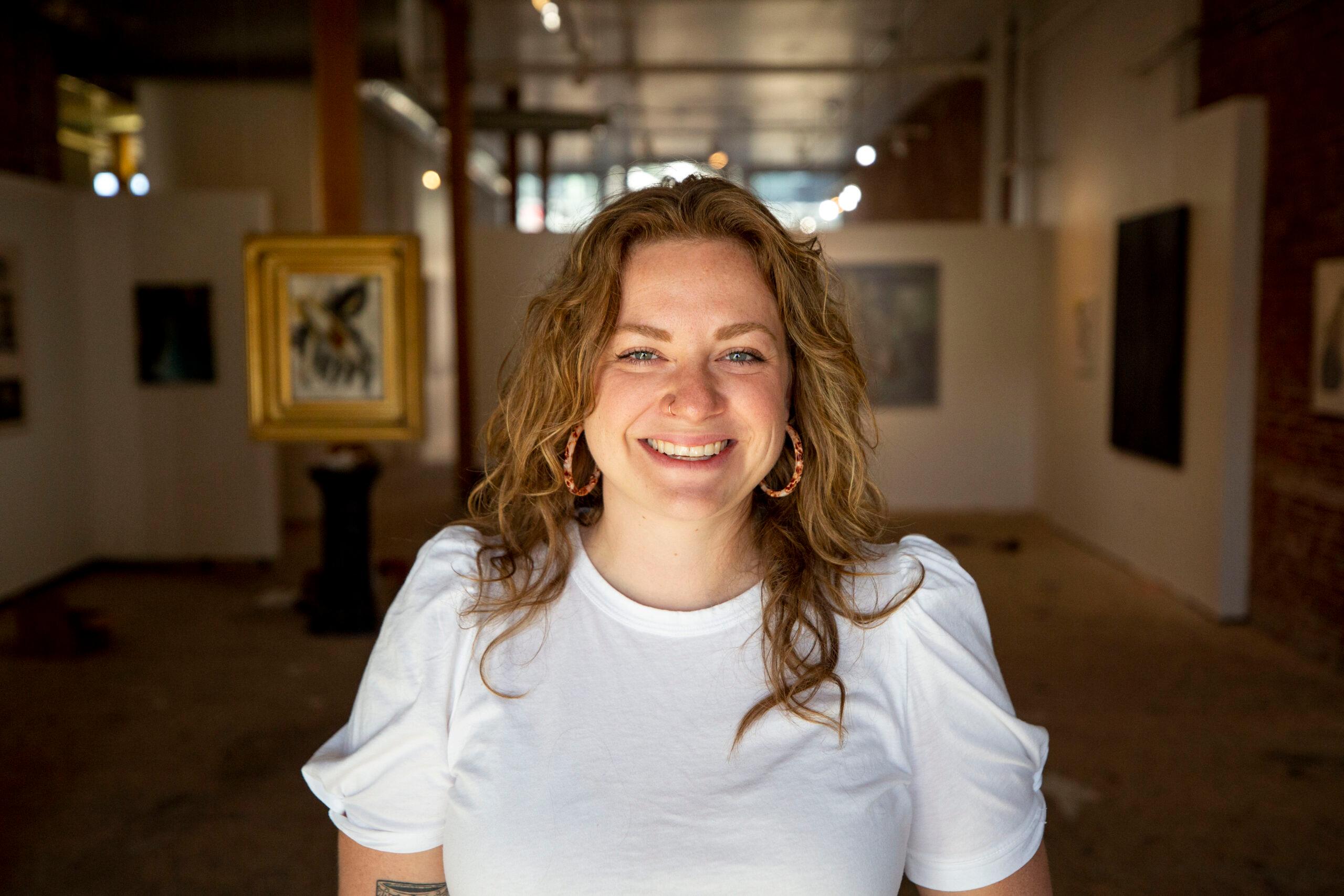
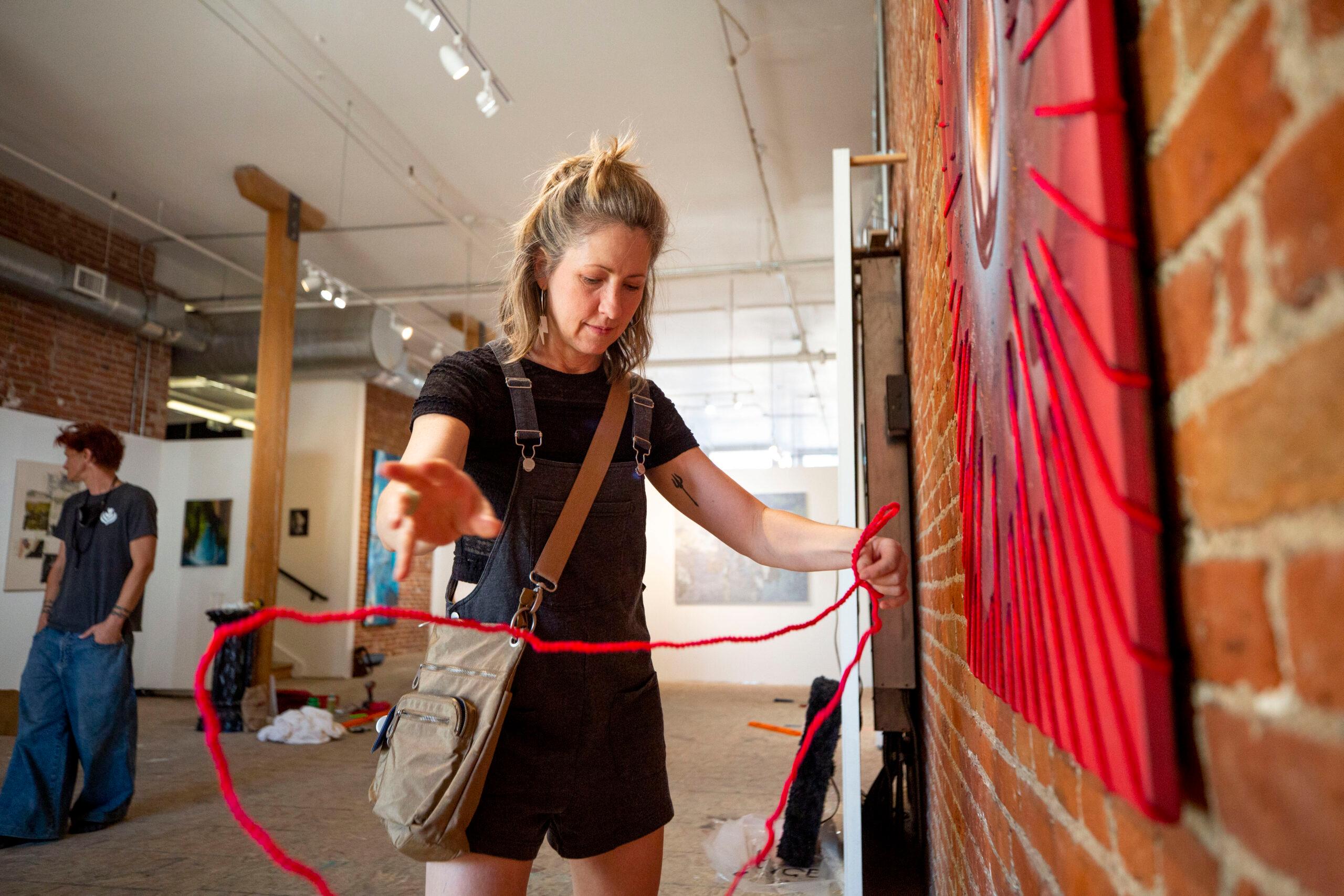
The BRDG team hopes bridging the mediums and presenting them as a visceral, communal experience will help make each medium more accessible to more audiences.
"Opera is a lot like modern contemporary art," Matarazzo said. "It's not always felt like it's meant for everybody. Some people feel a little put off by it. They get a little afraid that that's not for them"
Matarazzo said this space is meant to take down those barriers. Similarly, Podzimek has devoted a lot of her work to making opera more accessible to more people by building surprising collaborations and bringing performance into different spaces that challenge perceptions of what opera is, and who it's for.
"Artists are just like other members of the community in that many of them don't think the opera is for them. And in sharing snippets from an opera that they can relate to, and encouraging them... that is part of the goal of what I'm doing with opera-adjacent and opera-centric experiences for folks," Podzimek said. "And putting it into a different space that isn't an opera house. I think that's also a big key aspect of bringing other folks into an opera space and experience as well."
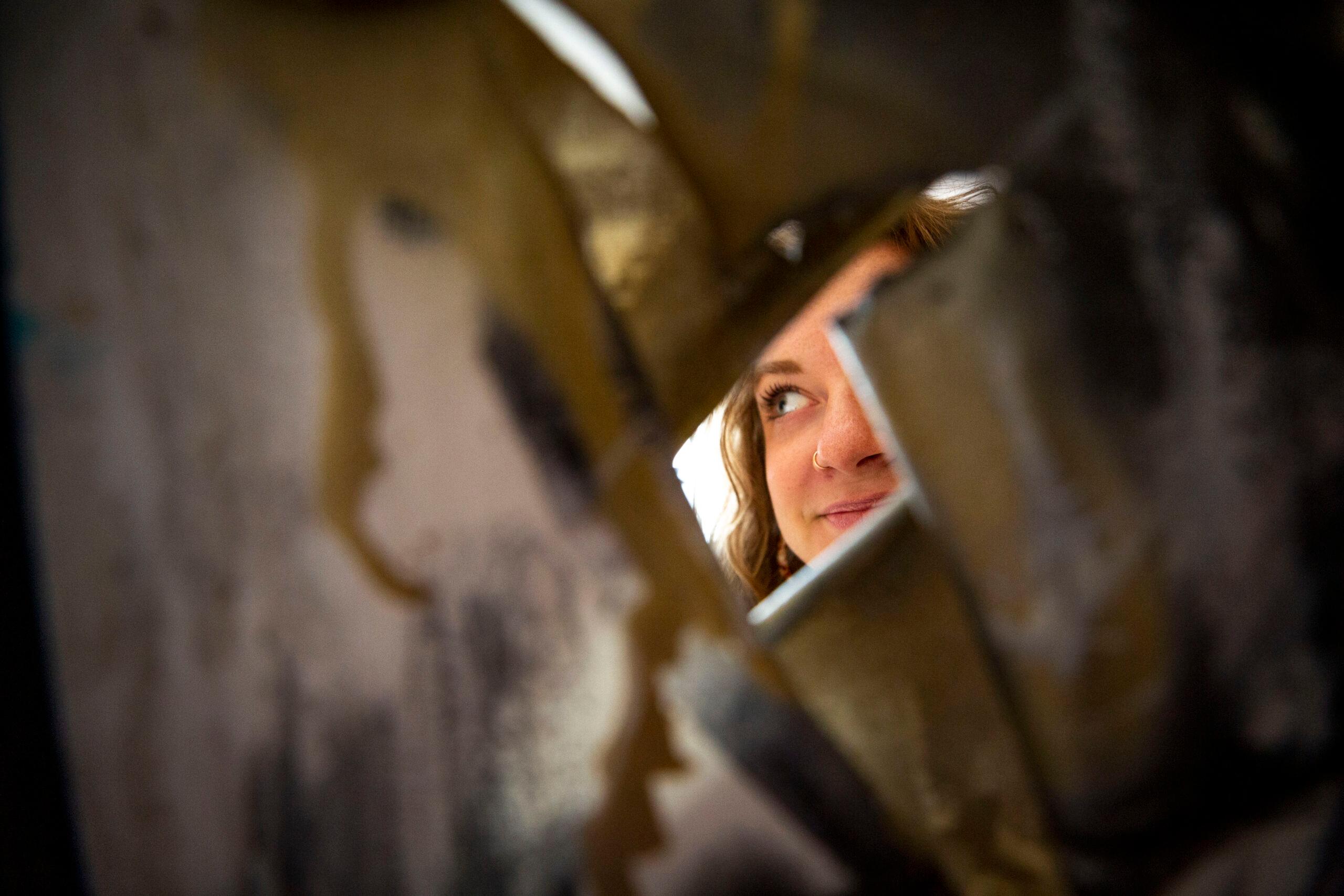
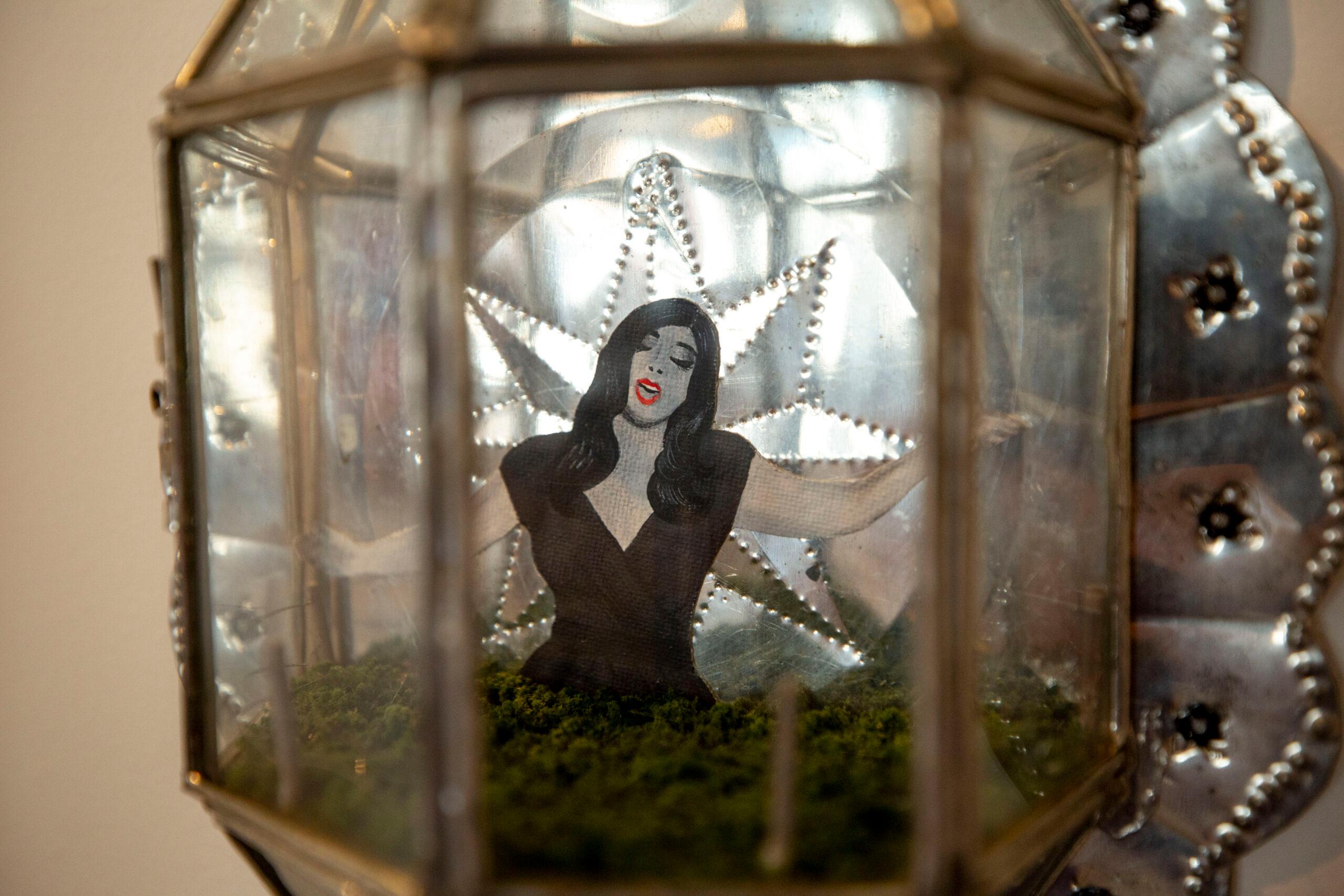
Rather than sitting down, guests will stand and move around the space, experiencing the art and music as a whole.
"There's an immersive nature to that. There's a quite literal sense of being part of it, and being invited into it," Matarazzo said. "I think that breaks down some of those borders and those feelings that, maybe this isn't for me."
He said it's possible that the audience's engagement with the works will further add to the immersive experience and the feedback loop.
"Adding their response and adding their excitement into it really creates a synergy and an energy that I'm just excited about," he said. "I just love that idea that this could be constantly evolving. Not that the work would change... but just the emotion and the energy from it could change, especially from the patrons."
Podzimek says the arts can be a way to build emotional bridges, to connect people to their emotions and help break down internal barriers to processing emotions like grief and love.
"Art provides an outlet for expression. So if a person doesn't experience emotion on a regular basis, or for some reason, has a blockage in that way, art is a way for them to express themselves in a different medium," she added.
She said art can provide an important catharsis, both for the artists creating the pieces and for the people engaging with them.
"That's exactly what we're doing here, is giving literal voice and vision to emotions and feelings, and inviting people to come and participate in this cathartic experience with all of us," she said. "And after the last year, I think we can all say that we've experienced moments of joy and life and perhaps love and experiences of loss. So many of us have lost something over the last year and a half."

You'll see a lot of personal stories of love and loss reflected in the gallery pieces. Some artists created works reflecting on loved ones they had lost, or created depictions of loved ones experiencing loss themselves.
Dowling, in addition to co-curating the collaboration, is contributing art of his own to the gallery. As he's thinking about what his pieces will look like, the interplay continues. He said, when he spoke to Denverite Wednesday, that he hadn't yet finished his pieces for the show, but that just talking about the way the show engages with themes of love and death made him think about his pieces in a more intentional way.
"This conversation is really an interesting catalyst for thinking through that," Dowling said. "Now I'm actually starting to bring in some very personal imagery into what's constructing in my head."
He says he's visualizing the faces of people that represent those feelings of love and loss for him.
"All of a sudden sudden, I get to take this on in a way that I need to look at the sort of beautiful souls who fit in each of these categories for me, in a more careful way," he said."
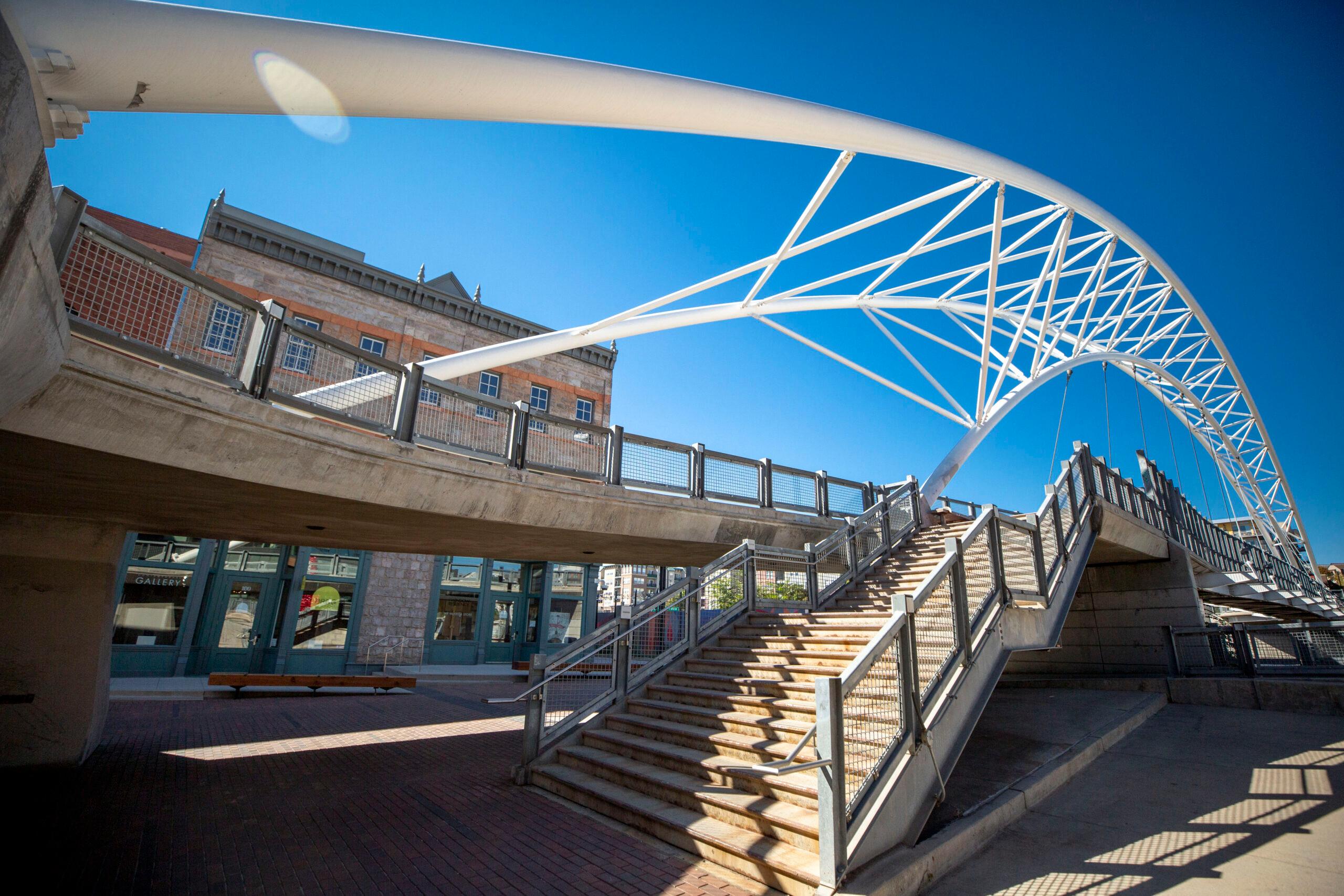
In a third exhibition room, BRDG will also be opening a separate but complementary exhibition, Visceral Vicinities - Altars, Ritual, The In-Between. Curated by Cal Duran and Cherish Marquez, the exhibition will explore the ways in which different cultures pay homage to ancestors and explore concepts of life and death through altars and performance.
You can visit both shows from October 8- November 1, 2021 at BRDG Project, 1553 Platte St., Unit 100 at the foot of the Highland pedestrian bridge. Interplay - Art + Opera's Opening Night Exhibition and Performance is today Friday, October 8 from 6-10 pm, and its closing performance will be October 28. Visceral Vicinity's Opening Reception and Dance Performance is Saturday from October 9, 6-10 pm. You can check BRDG Project's Instagram for regular gallery hours, which vary by day. .

